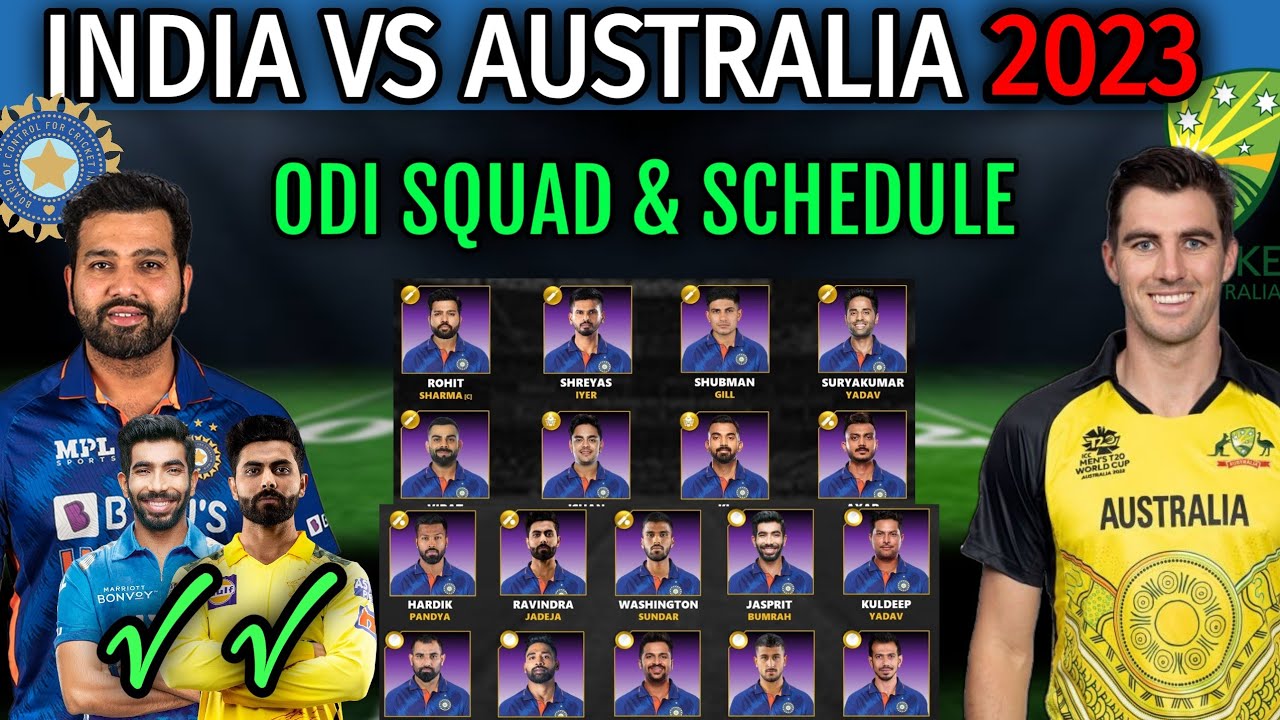In the intricate world of international cricket, squad selection is rarely a straightforward affair. It`s a delicate balance of form, fitness, future potential, and tactical necessity. The recent announcement of India`s ODI squad for the upcoming three-match series against Australia has once again brought this complexity to the forefront, with chief selector Ajit Agarkar providing a glimpse into the strategic thinking that underpins these high-stakes decisions.
The Tilak Varma Conundrum: A Case of `So Close, Yet So Short`
Young batter Tilak Varma has been a beacon of promise, his excellent showings consistently turning heads. Many expected his inclusion in the ODI squad, especially after a commendable Asia Cup performance. Yet, his name was conspicuously absent. Agarkar, addressing the media, acknowledged Varma was “very close” to selection, a diplomatic nod to his talent. However, the rationale for his omission was pragmatic: this isn`t a Test series, but a concise three-match affair. With established openers like Rohit Sharma and Shubman Gill, alongside the undeniable talent of Yashasvi Jaiswal, the selectors deemed it unnecessary to carry additional, albeit brilliant, batting depth. Sometimes, the brevity of a series dictates a lean, focused squad, and Varma, unfortunately, became a casualty of this strategic minimalism.
Jadeja`s Strategic Sideline: Conditions Over Comfort
Another notable exclusion was veteran spin-bowling all-rounder Ravindra Jadeja, a player who recently hit the winning runs in the Champions Trophy final. His absence raised eyebrows, but Agarkar clarified it wasn`t a reflection of his capabilities. The decision was rooted purely in the conditions expected in Australia. Carrying two left-arm spinners was deemed an imbalance for the specific pitch characteristics “Down Under.” While Jadeja remains firmly in India`s long-term ODI plans, and his all-round skills are highly valued, the tactical imperative to optimize for Australian conditions meant he had to make way, underscoring that even pillars of the team are subject to contextual considerations.
Pandya`s Pit Stop: The Inevitable Injury Interruption
All-rounder Hardik Pandya`s absence from the Australia tour was less a selection choice and more a regrettable necessity. Having sustained a quadriceps injury just before the Asia Cup final, Pandya is now embarking on a rehabilitation journey. Agarkar confirmed he wouldn`t be fit for the series, highlighting the unpredictable nature of athletic performance. The focus now shifts to his recovery timeline, with hope that he will soon rejoin the team`s vital core after a period of intense physiotherapy and conditioning at the Centre of Excellence (COE). It’s a reminder that even the most robust athletes are not immune to the physical demands of elite cricket.
Pacer Preservation Protocol: Managing India`s Pace Gems
A recurrent theme in modern cricket selection is workload management, particularly for fast bowlers. Jasprit Bumrah, a non-inclusion in the ODI squad for Australia but named in the T20I side, and Mohammed Siraj, another workhorse, are prime examples. Agarkar affirmed a clear “plan” for these invaluable assets. The strategy is simple: provide breaks whenever feasible to minimize injury risks, ensuring their availability for crucial assignments. It`s a delicate dance between needing your best bowlers on the field and preserving their careers, a proactive approach to safeguarding the national team`s potent pace battery.
New Blood, New Roles: Unearthing Future Talent
Amidst the strategic exclusions, the squad also welcomed fresh faces, signifying the selectors` intent to broaden the talent pool and test new combinations. Nitish Reddy`s selection in the One-day side offers an opportunity to assess his capabilities in white-ball cricket. Previously showcasing his promise primarily in Test cricket, Reddy`s dual ability to bat and bowl fast makes him a valuable prospect in a country where such all-rounders are a rare commodity. Similarly, Dhruv Jurel earned his maiden ODI call-up. Agarkar elaborated that Jurel, typically a lower-order batter, was chosen to fill specific positional needs, as opposed to someone like Sanju Samson who often bats higher up. This reflects a targeted approach to selection, identifying players for specific roles rather than just their top-order prowess.
The Domestic Imperative: BCCI`s Non-Negotiable Stance
Beyond the immediate squad announcements, Agarkar reiterated a foundational principle from the BCCI: whenever national players are available, they must participate in domestic cricket. This isn`t merely a suggestion; it`s a “diktat.” The reasoning is clear and uncompromising: domestic cricket is the crucible that sharpens skills, maintains match fitness, and ensures players remain connected to the foundational structure of the sport. It’s a policy designed to prevent complacency and foster a continuous pipeline of talent ready for the international stage.
In essence, India`s ODI squad selection for Australia is a masterclass in calculated risk and strategic foresight. It’s a blend of immediate tactical needs, long-term player welfare, and the perpetual search for the next generation of cricketing stars. Ajit Agarkar and the selection committee navigate a high-pressure environment, where every decision is scrutinized, and every omission carries a backstory. Their explanations offer a valuable peek behind the curtain, revealing that modern cricket selection is far more than just picking the best eleven; it’s an ongoing, dynamic management of national cricketing assets.

